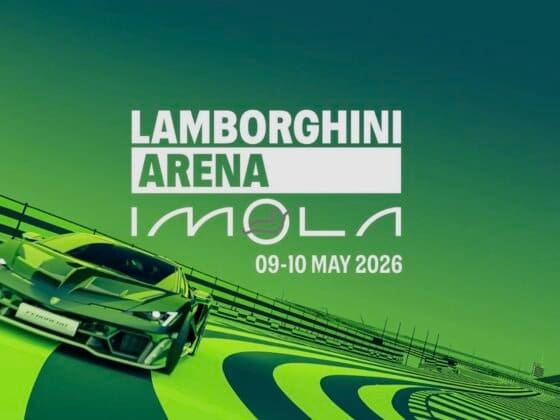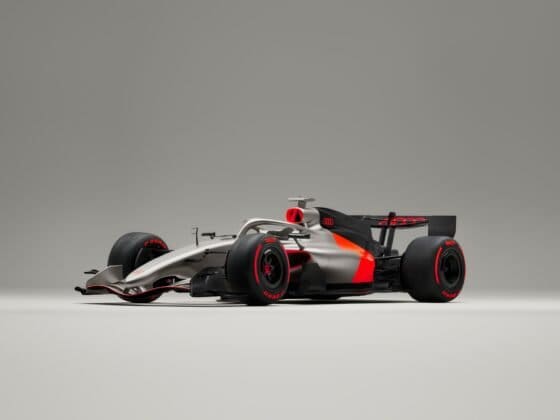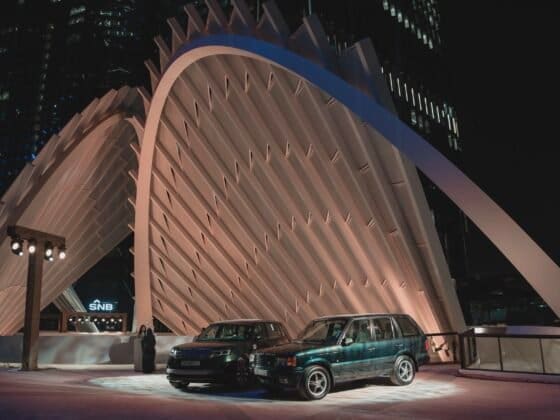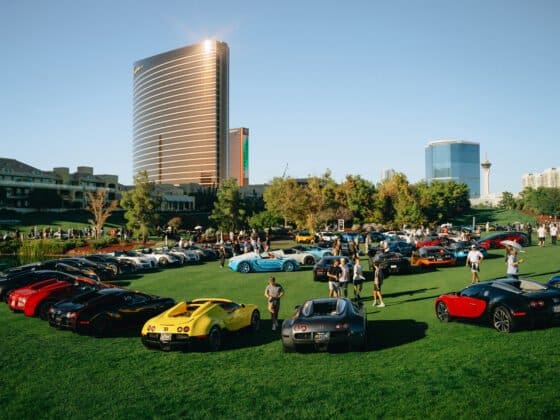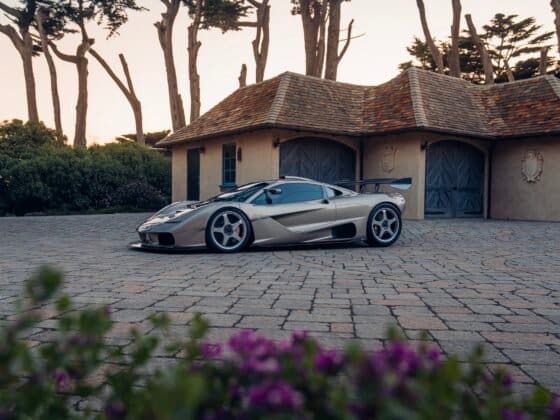When Bugatti set out to design the Tourbillon, it wasn’t simply creating another hypercar—it was defining the future of automotive artistry. For Jan Schmid, Bugatti’s Chief Exterior Designer, the challenge was clear: to honor more than a century of heritage while propelling the marque into a new era. The result is a car that harmoniously balances tradition and innovation, shaping the next chapter of Bugatti’s design evolution.
The Tourbillon carries forward Bugatti’s storied design language while reinventing it with precision and purpose. The iconic horseshoe grille, now lower and wider than ever before, anchors the car’s front with unmistakable intent. Every contour serves a functional purpose—whether to guide airflow, enhance downforce, or preserve the brand’s instantly recognizable form. Even the smallest details, such as the integration of an EU number plate, are executed without compromising aerodynamic performance.

Central to the car’s silhouette is the fuselage accentuation and the centerline—a direct nod to the riveted spine of the legendary Type 57 SC Atlantic. Flowing seamlessly from nose to tail, it culminates in the third brake light, ingeniously integrated into the spine itself. Meanwhile, the Bugatti Line, sweeping from the A-pillar around the greenhouse before returning toward the front, defines the Tourbillon’s duotone division—a visual signature that echoes the marque’s earliest masterpieces.
In profile, the Tourbillon exudes motion even at rest. Its sculptural “Coke bottle” curvature narrows before flaring over muscular rear haunches, striking a delicate balance between elegance and power. This interplay of light and form gives the car a sense of perpetual acceleration, as if poised to leap forward. Every line is calculated to achieve aerodynamic harmony, while the overall stance communicates unwavering authority.



Despite sharing a similar footprint to the Chiron, the Tourbillon represents an incredible leap in engineering efficiency. The design team managed to integrate an electric front axle, additional luggage space, and complex aerodynamic ducting—while maintaining a lower overall profile. This seamless collaboration between design and engineering transforms functional necessity into sculptural beauty, ensuring every inch contributes to performance and emotion alike.
The headlights, attached to what Bugatti calls the “flying fender”, embody the duality of art and function. These compact yet powerful units enhance the car’s forward thrust visually while channeling air beneath and above the fender to feed the side radiators and air intakes. From the side, the interplay of precise creases and flowing surfaces creates an impression of tension and grace, culminating in a rear fender that commands attention with its sculptural grandeur.

At the rear, the Tourbillon’s elegance meets aggression. A single monobloc LED tail light—comprising over 124 individual elements—stretches across the width, illuminating the Bugatti script at its heart. The active rear wing deploys only when needed, while the high-mounted diffuser and exposed rear wheels emphasize aerodynamics and performance purity. Beneath it all lies the centerpiece of mechanical mastery: the naturally aspirated V16 engine, revealed beneath a breathtaking open deck.


